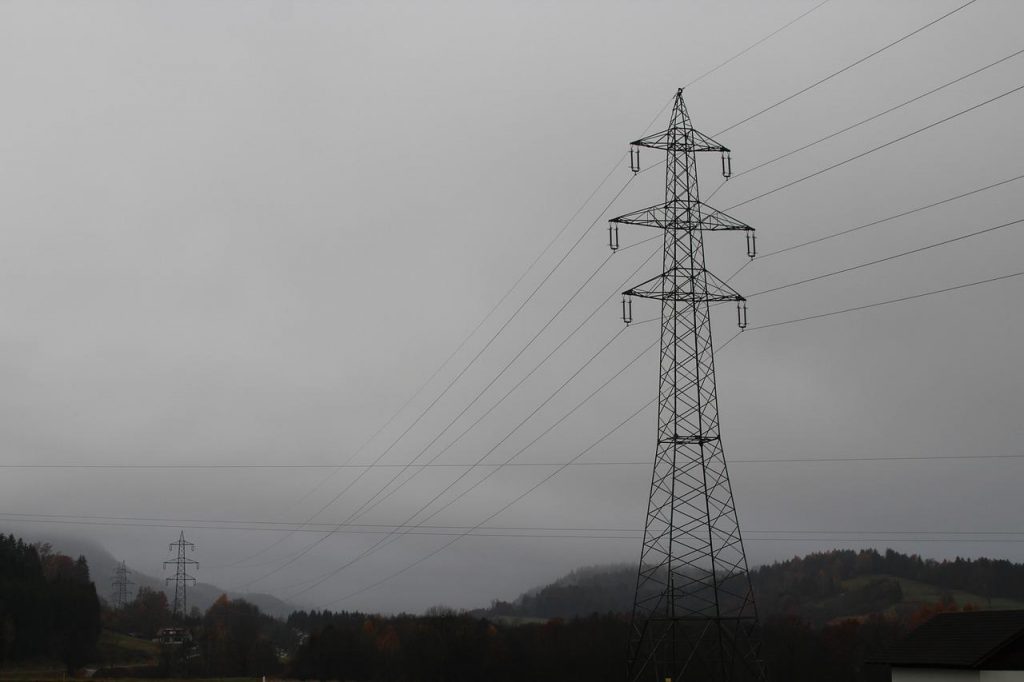US At Severe Risk Of Being Plagued By Continuous Blackouts
Climate change is putting the entire United States at a severe risk for blackouts to continuously occur, learn how to prepare.
This article is more than 2 years old

If you’ve been keeping any kind of tabs on the weather during any given season across the United States, you’ll likely notice a clear pattern emerging. The number of times that severe weather events occur is increasing exponentially. California and other western states have been plagued with relentless wildfires. Colorado went from one extreme to the next overnight. One day it was 90-degrees the next the state was being pummeling by a historic May snowstorm. Those are just two examples, of which there are many. There is one obvious culprit- climate change. The world has passed multiple environmentally devastating thresholds, and the effects of human-derived error are now more prevalent than ever. And judging by recent weather trends, the United States is in no way immune to these effects. In fact, as summer approaches there is a growing concern that wide swaths of the United States will experience blackouts due to climate change-exacerbated heatwaves.
The North American Electric Reliability Corporation (NERC) is warning of the increased risk of blackouts nationwide. The corporation cited two mitigating factors that are contributing to the blackout risk. First, meteorologists are predicting higher than average summer temperatures for nearly every state. This means that more people will be using air conditioners to keep cool. An increase in the number of people using air conditioners means an increase in the amount of electricity being used. This will serve to put excessive pressure on the United States’ power grids. This extra stress on the power grids could ultimately lead to widespread blackouts across the country.
The other factor that could drive up the occurrence of blackouts in the United States also relates to an increase in electricity. Many states, particularly in the west, have been facing severe drought. That drought is only expected to get worse during the summer. During times of drought, local governments rely on hydroelectric processes to get water to residents. The longer a drought perpetuates, the longer these hydroelectric processes have to be relied on. This, too, puts extra stress on the nation’s power grids further adding to the risk of blackouts to occur. Separately both these blackout-inducing factors are concerning however the duality of both risk factors creates an even more grim outlook. An outlook where blackouts are an imminent certainty.
Unfortunately, the average person has little to no control over whether blackouts occur or not. However, there are things that one can do to prepare to make a blackout period easier to endure. The United States Department of Energy outlined a list of preparatory actions one can take in anticipation of a blackout. These things include making sure you have a flashlight, candles, and matches on hand. Coolers and reusable icepacks are also essential for saving perishable food, especially if the blackout lasts for an extended period of time.
Generators, while expensive, can also be a worthy investment. Generators can be specifically advantageous to have on hand for people who live in areas that have been subjected to prolonged periods of drought. This is because their risk of experiencing a blackout is double than that of other areas in the United States. A full list of how to prepare and what to do after the power has been restored can be found here.



